What is About Employee Motivation?
The 9-to-5 office work is so 2015. Back then, office workers had to endure hours of commute, boring meetings, and numerous little distracting things in the workplace. Unsurprisingly, only 32 percent of them were engaged in their jobs that year. It was a nightmare for companies and many were doing everything they could to improve workforce productivity.

One marketing firm in the UK, for example, figured that the best way to engage its employees was to undress them. The event, dubbed "Naked Friday," became one of the weirdest - yet brilliant - workforce engagement projects ever.
Fortunately, the situation with employee motivation has been changing rapidly in recent years. All thanks to the so-called "digital workplace" strategy. It's a new culture of working poised to be "the future of work." Not only is it more effective at motivating employees, but it makes them more productive in the workplace.
What is Digital Workplace?
There are many definitions of the digital workplace but for some reason, they focus only on one thing: technology. While technology is a core strategy behind the concept, it's certainly not the only one.
Here's the most comprehensive definition you can come across:
A digital workplace is a combination of digital tools, technology, and culture that allow employees to be productive without sharing a physical location.
Yes, that means that being in one place with your employees isn't a mandatory requirement for being productive. Technology facilitates collaboration and teamwork, so one could work from wherever they prefer.
To achieve a true digital workplace, a major culture change is needed. The company's management has to empower the workforce with data, tools, resources, and tools so they could work from almost anywhere.
In other words, it's not about where your employees work, it's about how they work.
Does it work?
Yes. It's already a well-known fact that remote workers are more productive and happier compared to their counterparts stuck behind desks. They even work 16.8 more days every year, according to a study.
So, since this digital workplace is so great, how to use it to create a more productive team?
How to Create a Digital Workplace
A true digital workplace is a combination of technology and innovative company culture. That's why the following tips include both technological and cultural tips.
1. Introduce a Remote Working Policy
That's an obvious one. Remote work is quickly becoming one of the most effective ways to be more productive. Working remotely allows employees to work from anywhere they wish, so they'll be more motivated and engaged.
To make that happen, introduce a remote working policy.
Allowing your employees to have at least one remote day per week would be a good start. After a steep learning curve due to the ongoing COVID-19 pandemic, they're already learning how to be productive while working from home.
Many executives are warming up to this work mode, too. In fact, 74 percent of business leaders already intend to shift some employees to remote work on a permanent basis.

Source: Gartner Newsroom
So, make the first step by introducing an employee-friendly remote working policy.
2. Write Remote Policy Guidelines
A clearly defined policy in writing is the best way to ensure that everybody understands how to work remotely.
Such a policy can include:
- Instructions on how to access digital tools (and what to do if access is denied)
- login data for apps and other tools
- profiles of all employees containing information like duties and working hours
- schedules containing recurring meetings and their descriptions
- secured files with passwords for access to tools.
With so much information needed to be explained, clarity of writing is a must. If you don't have in-house writers, check this list of top writing websites to see who can help with writing or proofreading the whole thing.
When the guidelines are done, share them with your staff. The true digital workplace just became closer.
3. Give Employees Tools to do Their Job
One important thing before you sign that new remote work policy: technology.
With you doing such a great job leading the culture shift, it seems a great idea to have you take care of the technological part.
Your team needs tools to do its job.
Here's what I mean:
- they need access to files and other work-related materials from anywhere and any device
- they need to be able to communicate with their colleagues online (this includes video and audio calls, live chat, email, and instant messaging)
- they need to share and collaborate on work materials with colleagues.
There's a good chance that you already have all the tools you need.
For example, Google Docs is great for sharing and collaboration, Slack for team communication, Topessaywriting for keeping written communication clear, and Google Meet for video meetings.
If your employees use these tools already, you need to ensure they can have access to them from anywhere. In some cases, apps may request additional permissions when accessed from different locations.
4. Share Productivity Apps
Another important aspect of a digital workplace is to help your employees maintain high-performance levels. Sooner or later, some of them will look for ways to be more productive.
"But wait a second, didn't you say that remote workers were more productive?"
They are. To keep it that way, you need to help by providing productivity tools.
Let me explain. An employee working in a digital workplace might have 15 apps and 50 tabs opened at once in their browser. It's like having people constantly dropping by their desk for a few minutes to discuss something.
Then there's overfilled inboxes. An average office worker gets 120+ emails every day. Imagine what could happen if you have so many tabs open and forget to manage the email properly for a while. You'd need an entire day to sort everything out.
That's why sharing productivity apps is so important, especially when it comes to managing work emails. For example, if your team is in Google Workspace, consider implementing a Gmail Shared Inbox so your team can crack through emails collaboratively and faster.
Such context switching, tab madness, and crowded email inboxes could severely affect productivity in the long-term. That's why you need to have productivity tools in place to prevent that from happening.
Clean Email is the perfect one to get a crowded email inbox sorted out.
The tool automatically combines and categorizes emails (spam, emails you replied to, email from top senders, drafts, workgroup emails, and more) on a single screen. So, you don't have to check them out one by one.
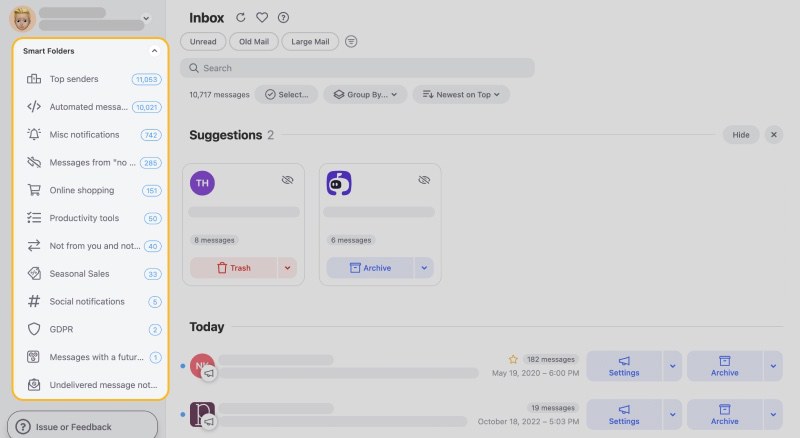
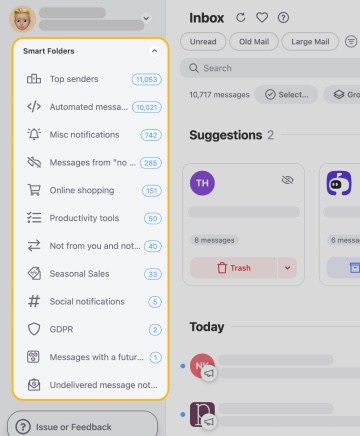
Besides, you can delete entire groups of emails with the Quick Clean function and still keep the ones that matter.
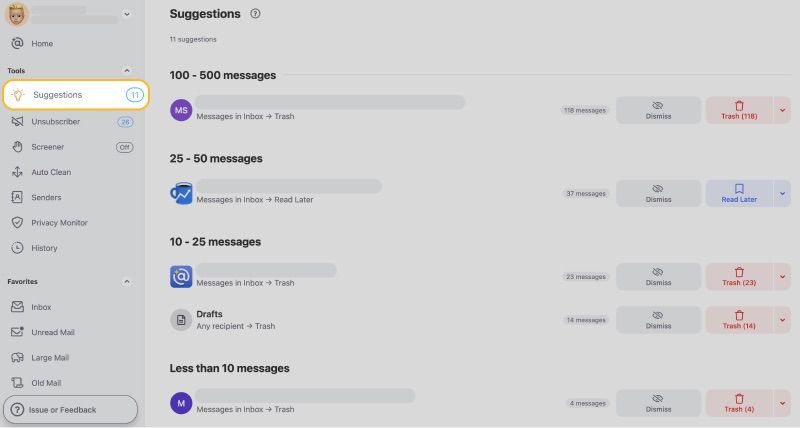
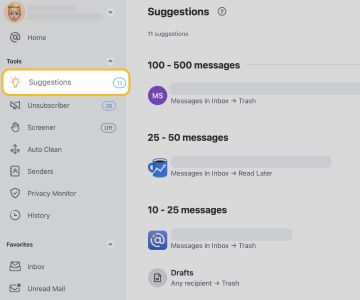
Noisli is another tool worth checking out. It provides background noises to improve your focus. You can combine and mix different sounds - a crackling of a fireplace, pink noise, rain, and more - and become your own ambient sound DJ.
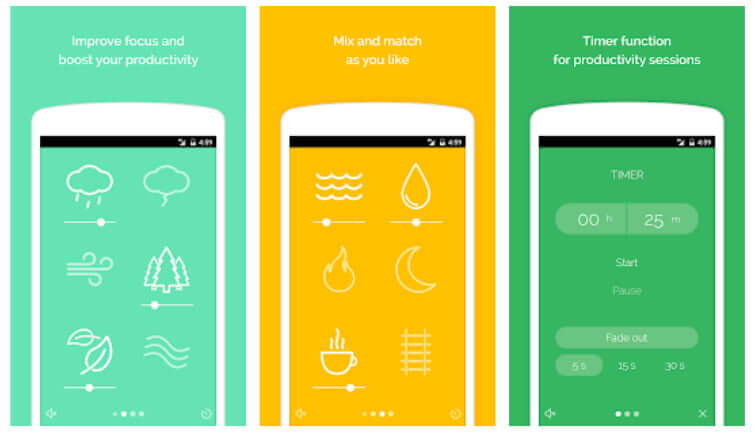
Noisli app's interface on Android. Source: Google Play
Recommending these apps to your team is a good way to help it stay productive. For example, mention them in your remote work policy.
Besides, it would be a good way to show that you care about them. That is priceless.
Putting it all Together
Is a digital workplace a good solution for your team? Most definitely, yes.
To keep your team members happy, engaged, and productive, the best way is to adapt to their evolving expectations and behavior. Many of them want better life-work balance, so that's what they should get. Not only it'll help you retain your best talent but also attract some.
So, keep in mind that the digital workplace is about technology and culture. If you get those two right, your company will be well on its way to transform employee experience and increase business productivity.
Wondering to learn more productivity tips and tricks? Check out our guides on how to increase productivity in the workplace and what the best digital detox tips are.


